Social interaction
Socials behaviors are an important part of many animals
behavioral spectrum. Social behaviors encompass any behavior that is produced to or in response
to another animal.
Many laboratory animals like rodents and zebrafish naturally live in groups. Therefore, it is very important to consider not only what social behaviors an animal produces, but also how a social context influences all behaviors.
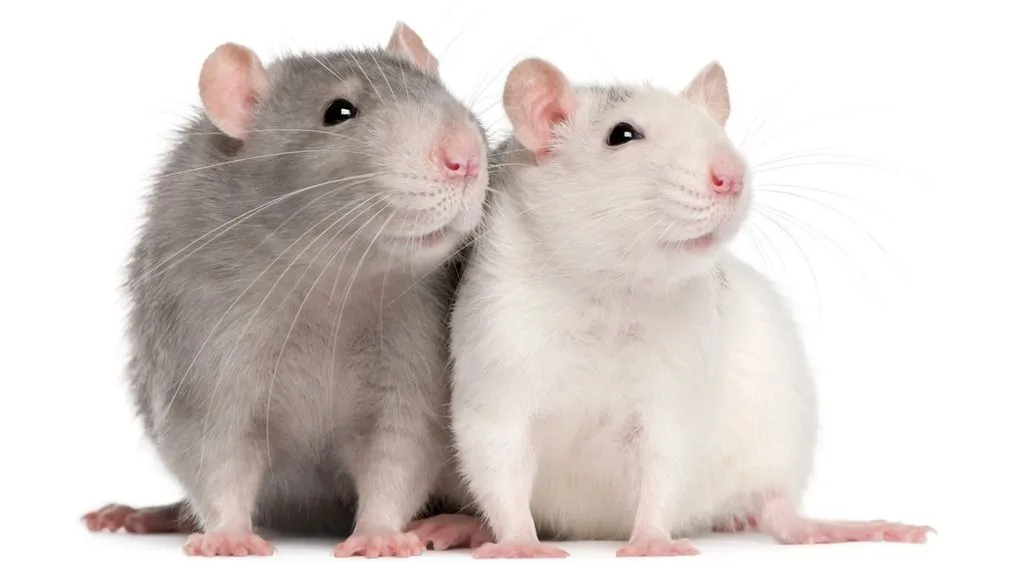
What is social interaction?
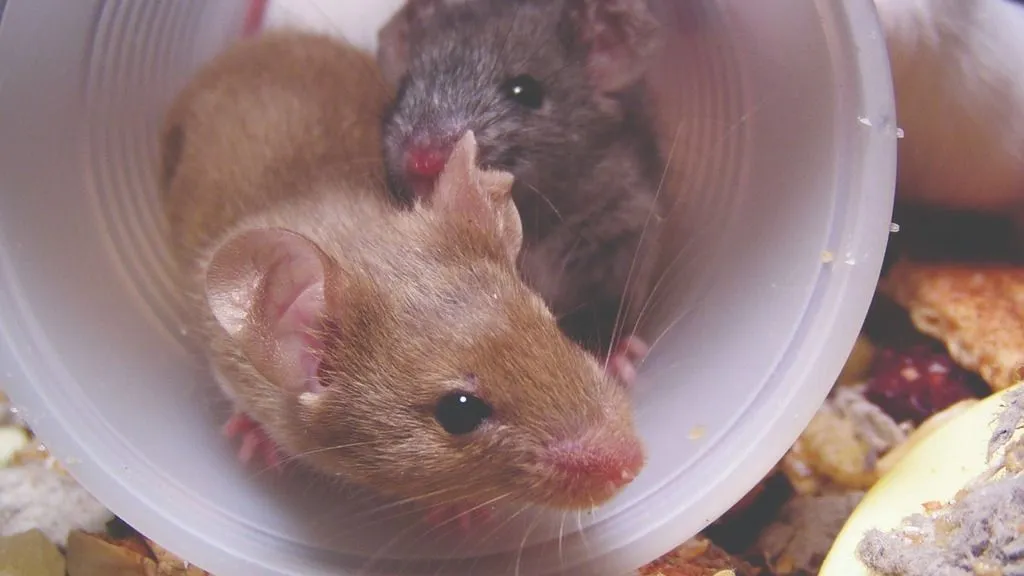
Even though some animals are more social than others, every animal experiences social interaction. Many different types of behaviors are categorized as social behaviors. For example:
- Grooming
- Aggression
- Mating
Observering these interactions gives insight into the way animals respond to social cues and how these are influenced by genetics, environment and other developmental factors.
Why should I measure social interaction?
Social interaction is essential for gaining a complete understanding of your animal models' behavior, especially for researchers studying developmental disorders. Conditions like autism, depression, and schizophrenia significantly impact how animals interact with others, making the study of these behaviors vital.
- New treatment insight: Studying animal social interactions reveals key data on mental health disorders
- Accelerating human therapies: These studies directly advance new treatments for people
- Higher welfare standards: Measuring behavior in a social context is becoming an important standard for ethical animal research
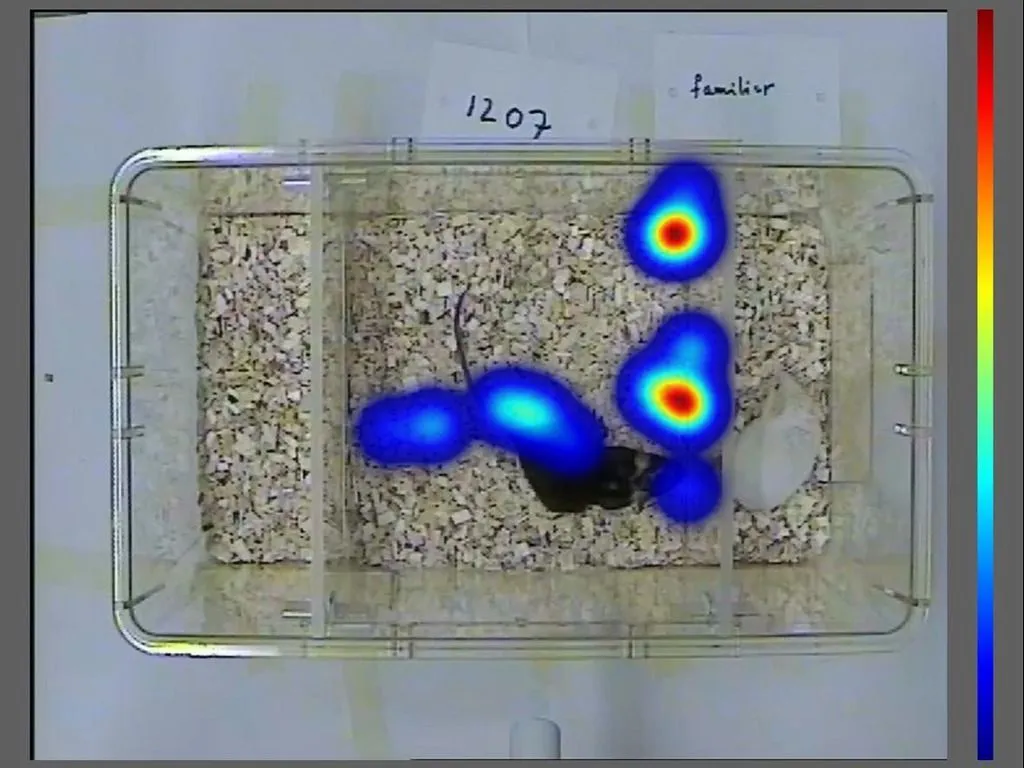
Socially housing mice webinar
How do you measure social interaction
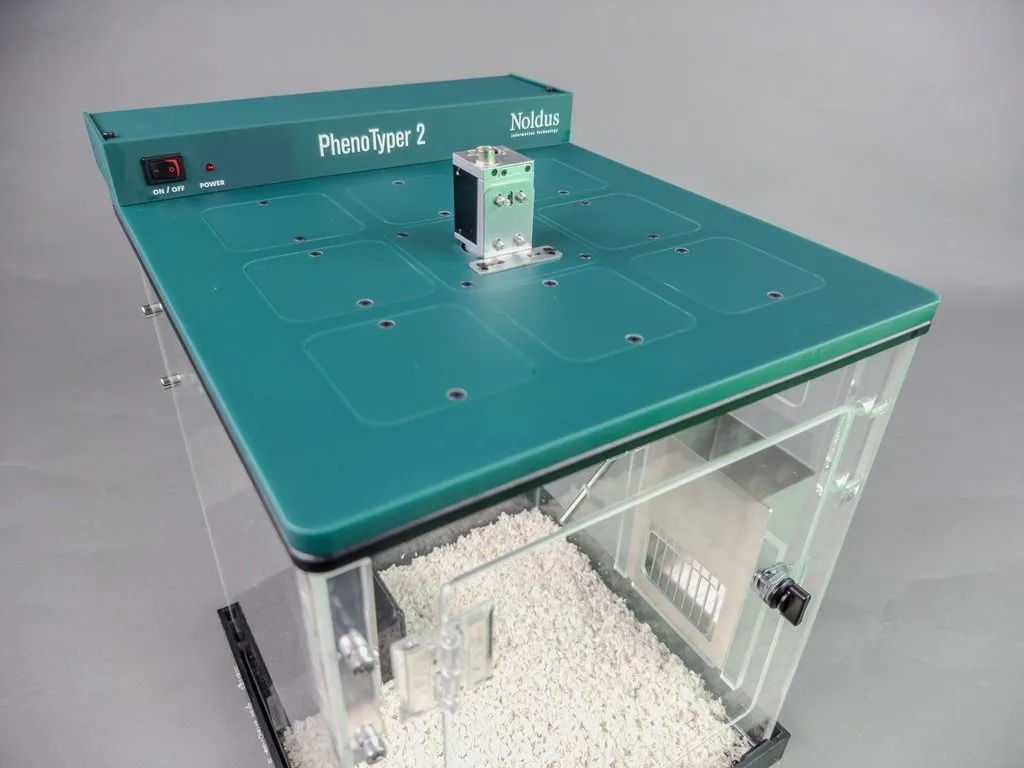
Measuring behavior in a social context
Measuring social interaction is not only about looking
at so called "social" behaviors. The presence of cage mates during testing can have a
major influence on the test outcome. Due to welfare, more and more researchers are
considering housing animals even during testing.
However, tracking multiple animals in an arena is diffucult. Many trackers are sufficient enought due to not having the capabilites or having many errors. EthoVision XT 18, with its improved social interaction module, in combination with PhenoTyper is the ideal hardware and software combination to observe multiple mice at the same time.

Sociability chamber
The three-chamber test is a behavioral assay to study
social interaction and preference in rodents. During the test, an animal is placed in
the middle of a chamber that connects to two side chambers. One chamber contains a novel
animal in a cage that the test animal can interact with.
EthoVision XT can help you automate the measurements for the Sociability chamber. This makes it easy to measure parameters like: time spent near novel animal, entries into chambers and general movement patterns. EthoVision XT makes your analysis more efficient en less error prone all at the press of button.
Live Mouse Tracker
Live Mouse Tracker (LMT) was developed by Institut
Pasteur to track multiple mice in a singular arena. Through the use of RFID, computer
vision and AI, LMT is albe to track up to four mice at the same time.
Data from LMT previously could only be analyzed with convoluted Python scripts. However, with EthoVision XT, LMT data can easily be imported. This integration allows for easier organization and analysis of data.
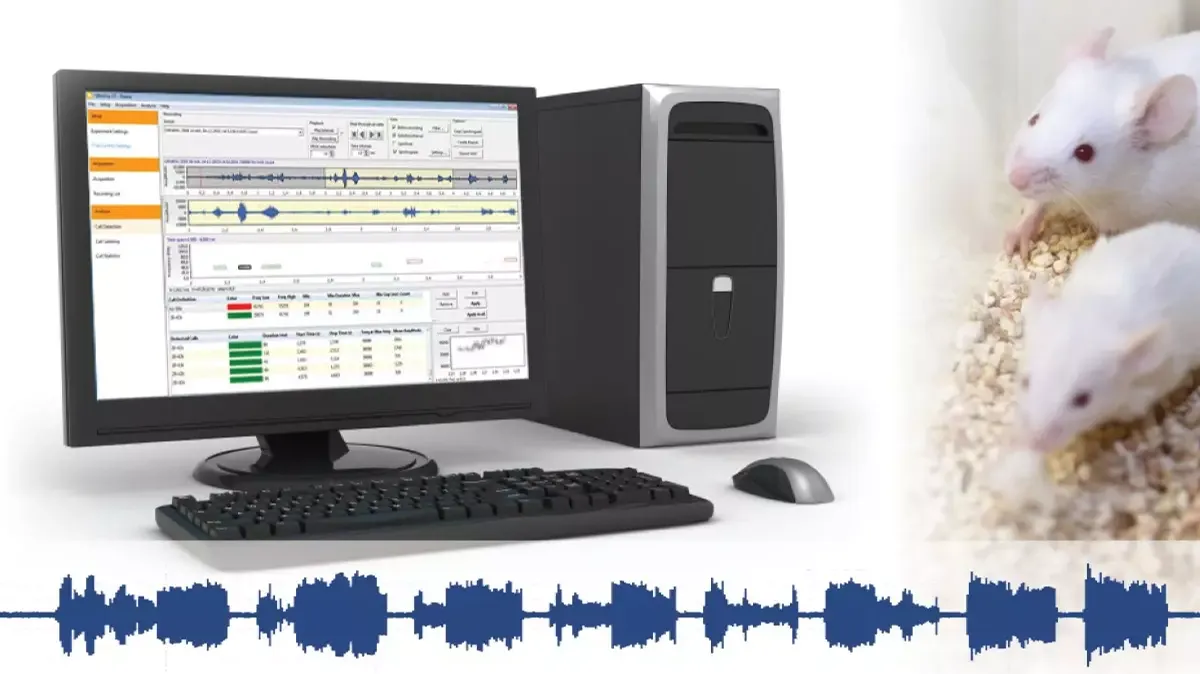
Ultrasonic vocalizations
Various animal species emit vocalizations as a form of
communication during interactions with another animal. Detecting these sometimes
ultrasonic vocalizations can give greater insight into the affective state of the
animal.
UltraVox XT is ideal for measuring these (ultrasonic) vocalizations. With the software you can easily collect, analyze and visualize your results.
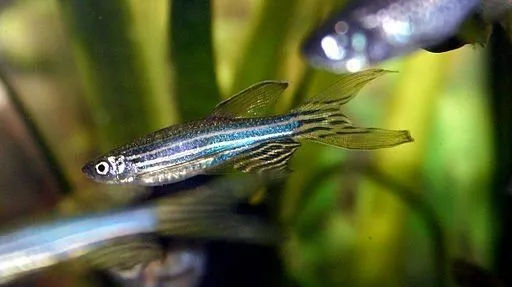
Shoaling
Shoaling is not only the pratice of fish moving together, it involves a series of complex social dynamics like following, turning and moving as a collective in response to external stimuli.
EthoVision XT allows you to track multiple fish at once or one zebrafish that is responding to a video or fish in a neighboring tank.
Featured blog posts
Did you know you can (semi) socially house tethered animals?
Socially housing tethered animals can be challenging, but also crucially beneficial to your study. Read more about how with our PhenoTyper we can solve that dilemma!
Understanding mouse social interaction using objective measures
Measuring social interaction is an important, but due to technical limitations, often overlooked part of behavioral research. Live mouse tracker was designed to alleviate this problem.
Altruism in rats, suspiciously human
A recent study by Bartal et al drove our curiousity to write this blog about altruistic behavior in rats. This study shows how this type of behavior is neurally linkend to the social functioning of humans.
Are you looking for advice on your application?
Do you want to learn more about how to apply Noldus products to your
research, or do you need advice from our team of behavioral experts?
Noldus is here to assist you throughout the whole process.